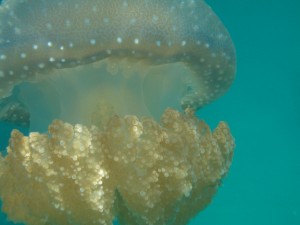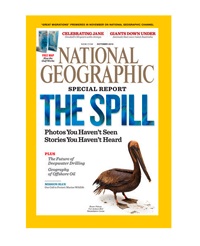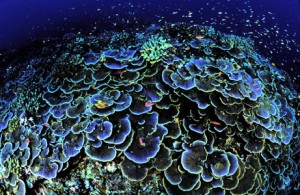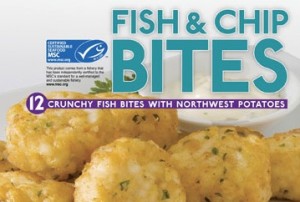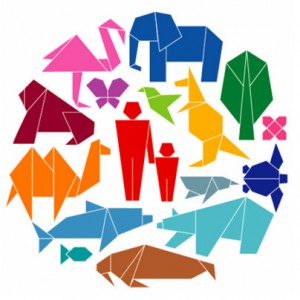 Biodiversity will continue to decline during the 21st century if business continues as usual. according to a new study published online for the journal Science , which includes Rashid Sumaila and former Sea Around Us Project members William Cheung and Sylvie Guenette as co-authors, and was timed with the COP-10 meeting on Biodiversity in Nagoya, Japan. Conservation efforts have slowed declines; the paper predicated the rate of decline in vertebrates would have been at least one-fifth higher in their absence. But they are not sufficient so far. The team also showed that declines could be further slowed if fundamental changes are implemented, such stopping the current practice of providing harmful subsidies that result in the over-exploitation of biological resources.
Biodiversity will continue to decline during the 21st century if business continues as usual. according to a new study published online for the journal Science , which includes Rashid Sumaila and former Sea Around Us Project members William Cheung and Sylvie Guenette as co-authors, and was timed with the COP-10 meeting on Biodiversity in Nagoya, Japan. Conservation efforts have slowed declines; the paper predicated the rate of decline in vertebrates would have been at least one-fifth higher in their absence. But they are not sufficient so far. The team also showed that declines could be further slowed if fundamental changes are implemented, such stopping the current practice of providing harmful subsidies that result in the over-exploitation of biological resources.
Reference: Henrique M. Pereira, Paul W. Leadley, Vânia Proença, Rob Alkemade, Jörn P. W. Scharlemann, Juan F. Fernandez-Manjarrés, Miguel B. Araújo, Patricia Balvanera, Reinette Biggs, William W. L. Cheung, Louise Chini, H. David Cooper, Eric L. Gilman, Sylvie Guénette, George C. Hurtt, Henry P. Huntington, Georgina M. Mace, Thierry Oberdorff, Carmen Revenga, Patrícia Rodrigues, Robert J. Scholes, Ussif Rashid Sumaila, Matt Walpole (2010) Scenarios for Global Biodiversity in the 21st Century Science .


